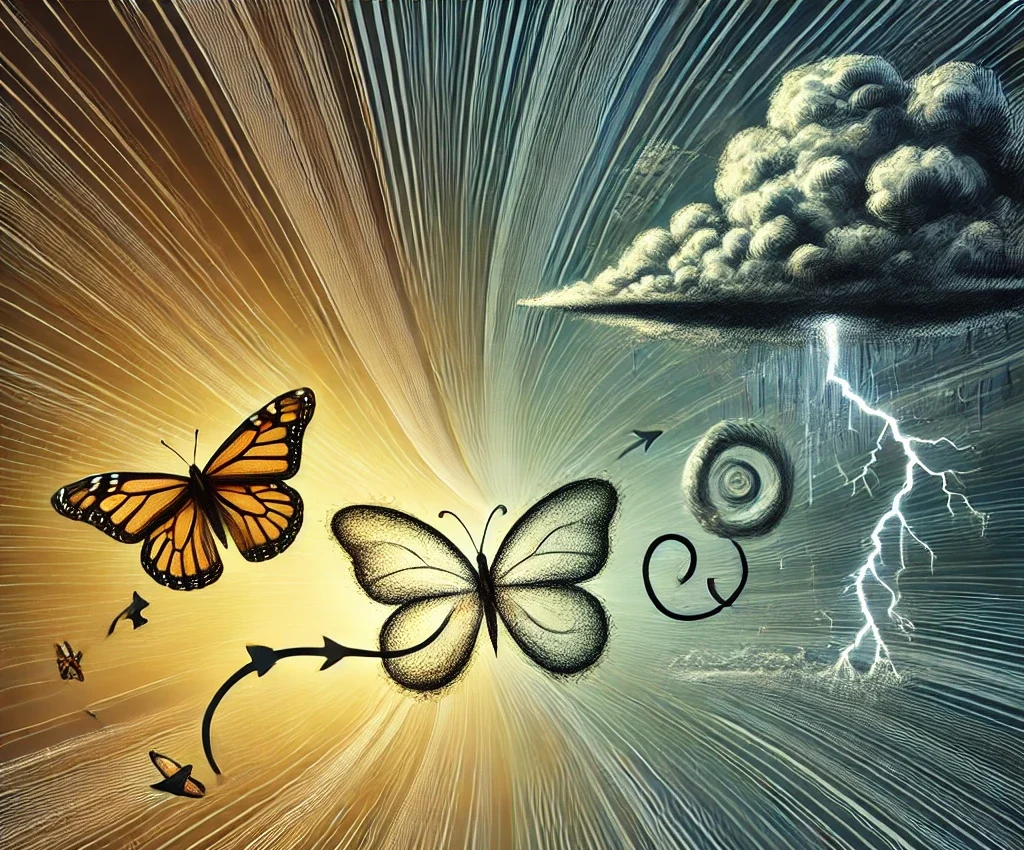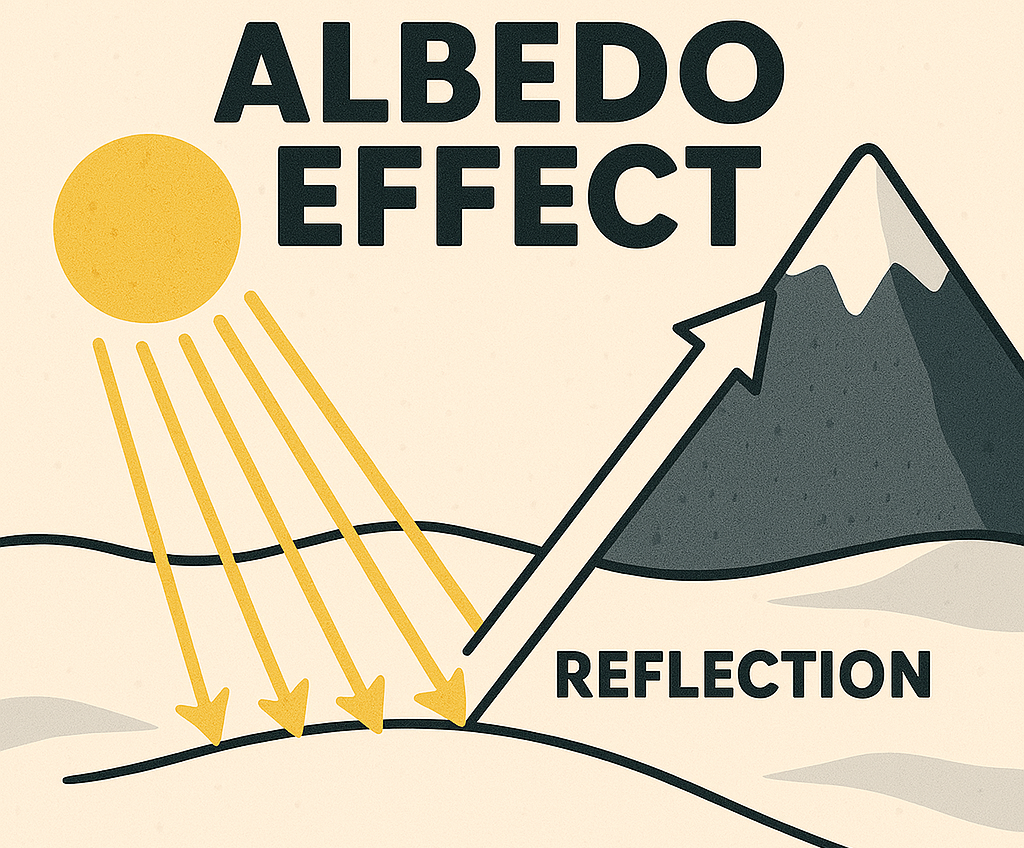
Imagine a tiny bubble trapped in water, vibrating under the pressure of sound waves. Suddenly, it collapses inward with incredible force, and for the briefest flicker of time, it emits a flash of light. This strange and beautiful phenomenon is called sonoluminescence—literally, “light from sound.”
Scientists first stumbled upon this effect in the 1930s while studying the behavior of bubbles under sound waves. But it wasn’t until the 1990s that researchers like Seth Putterman at UCLA began digging deeper into the mystery. How can something as simple as a bubble, when squeezed by sound, glow like a star? The leading explanation is that when the bubble collapses, the gases inside are compressed so rapidly that they reach temperatures of tens of thousands of degrees—hotter than the surface of the sun. That extreme energy is released in the form of a flash of light.
What’s fascinating about sonoluminescence is how it bridges the ordinary with the extraordinary. We’re talking about everyday water and sound, yet the outcome feels almost cosmic. Some scientists have even speculated whether this effect could one day be harnessed for fusion energy, though that dream remains far off. For now, it’s a reminder of how much wonder hides in the smallest corners of physics.
A bubble collapsing might not sound glamorous, but in that collapse lies one of nature’s most mysterious fireworks—light born out of sound, glowing like a secret hidden in plain sight
RELATED POSTS
View all


